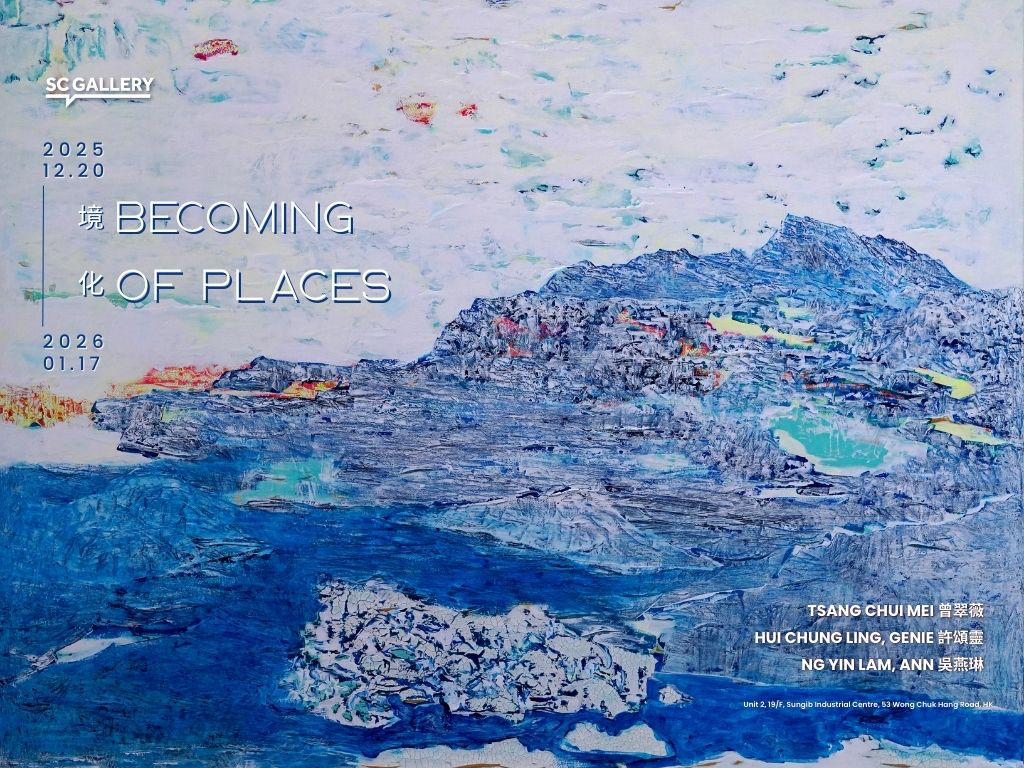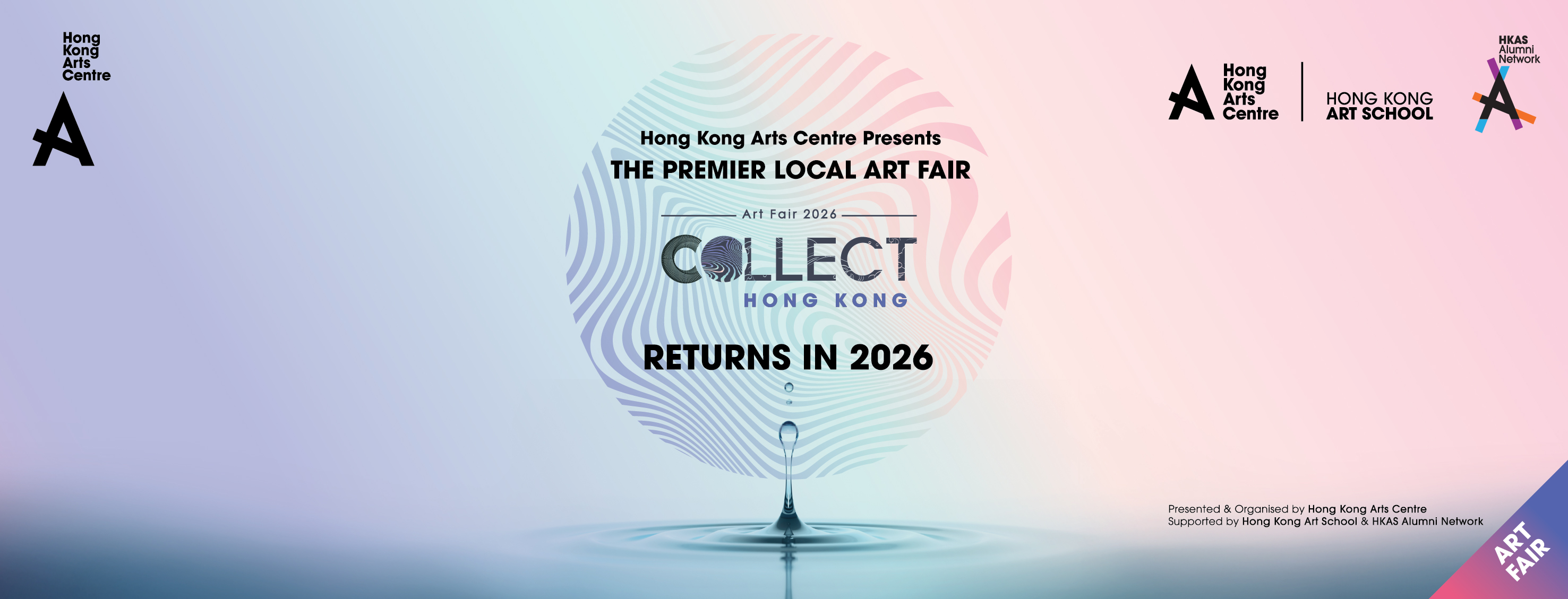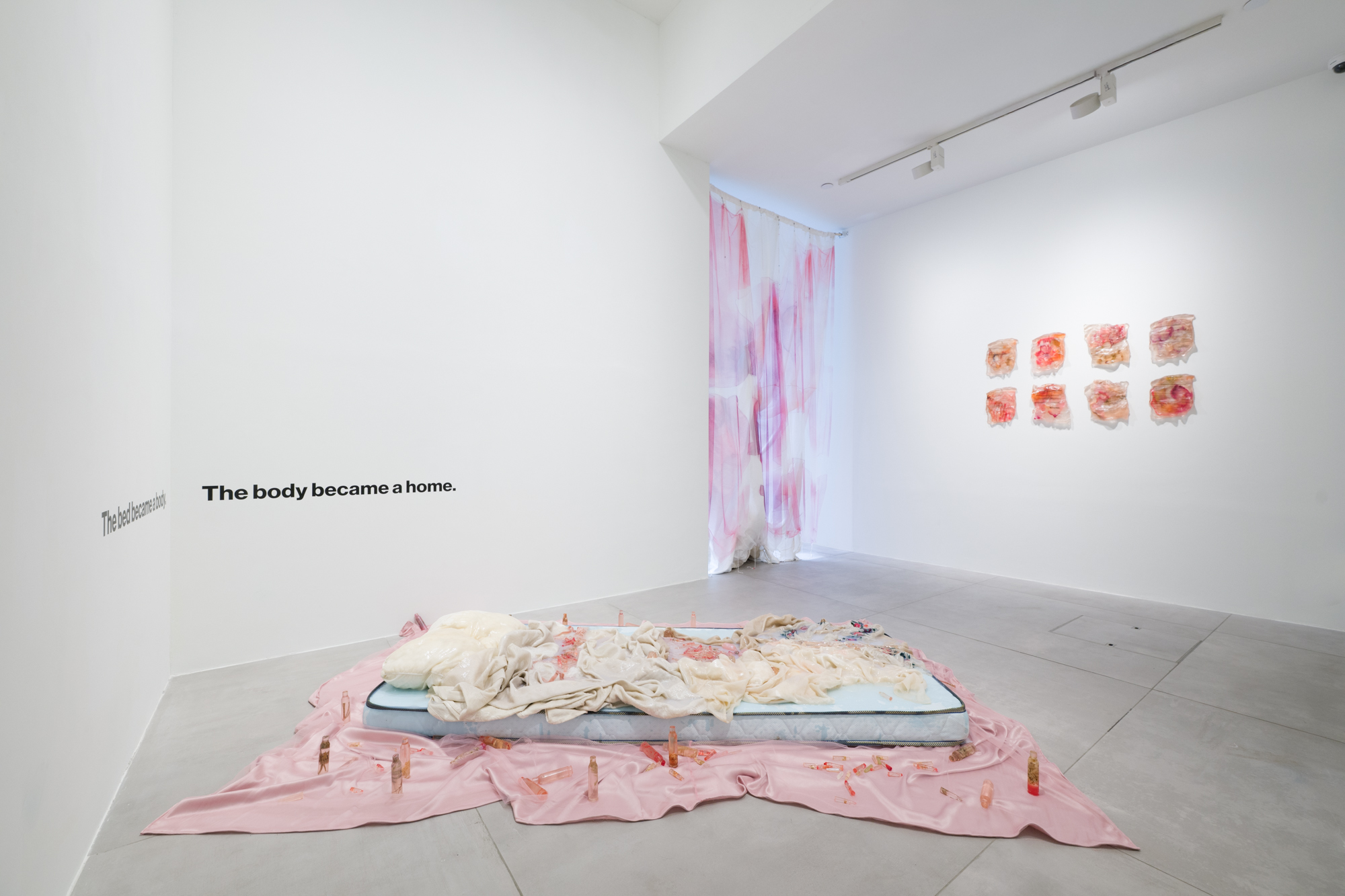現正展出

中環
⻘意盎然: 女性抽象畫家⻘意60年回顧展
2025-12-16 – 3-21
藝倡畫廊
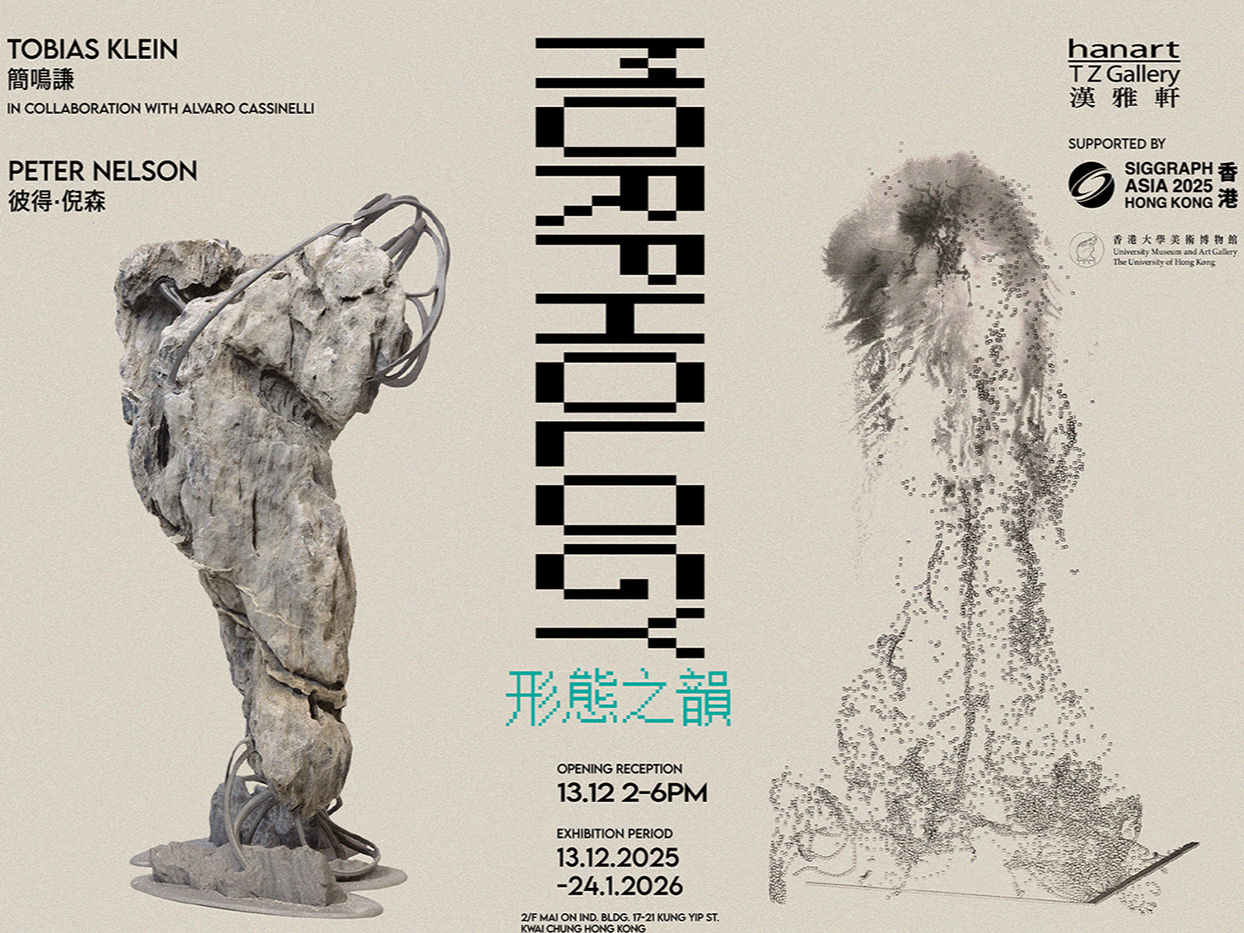
葵青
形態之韻
2025-12-13 – 1-24
漢雅軒
.png)
灣仔
香港藝術學院二十五周年展覽
2025-12-10 – 1-8
香港藝術中心

中環
關公大戰石家豪
2025-12-5 – 1-17
JPS畫廊

上環
Jasmine Mansbridge: Kaleidoscope City
2025-12-4 – 1-17
Soluna Fine Art
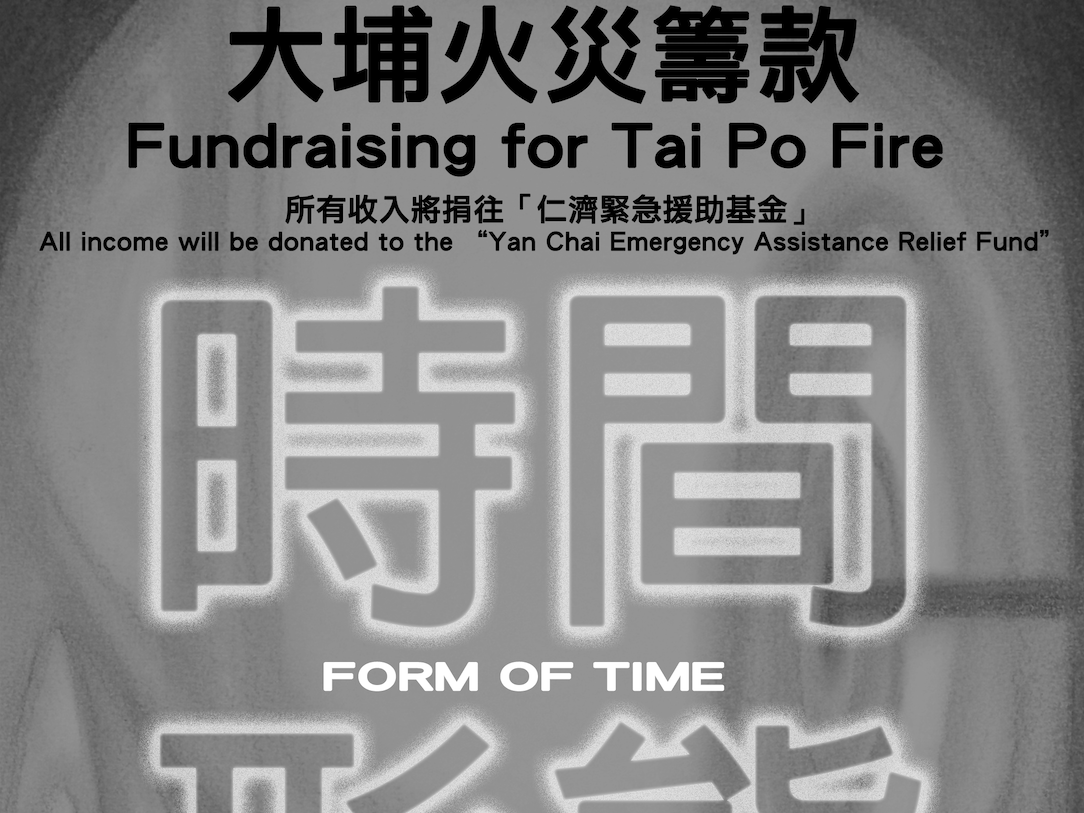
上環
【大埔火災籌款】林于思:時間形態
2025-12-4 – 1-15
獅語畫廊
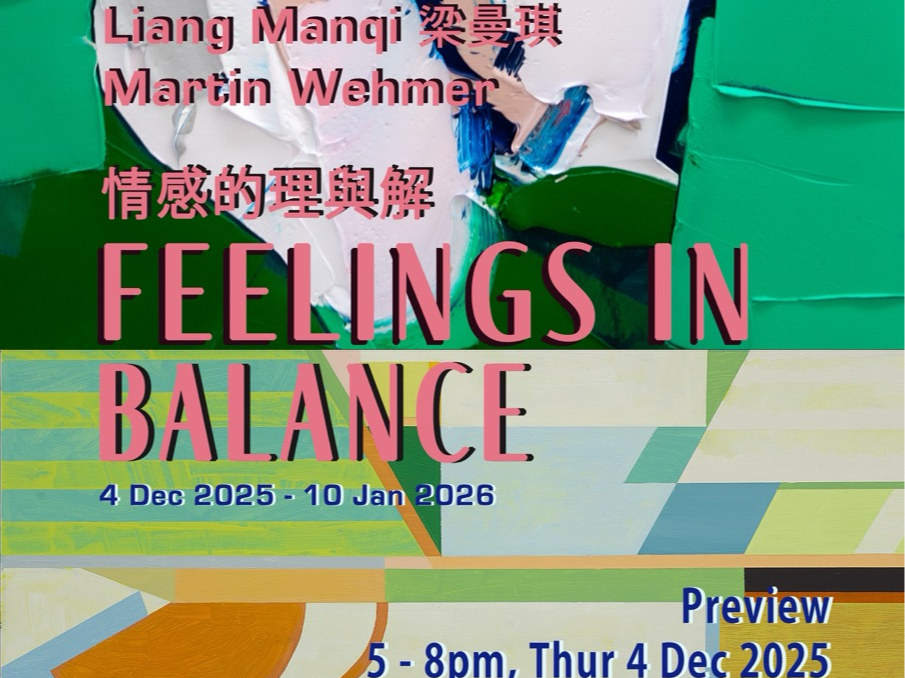
上環
情感的理與解
2025-12-4 – 1-10
Contemporary by Angela Li
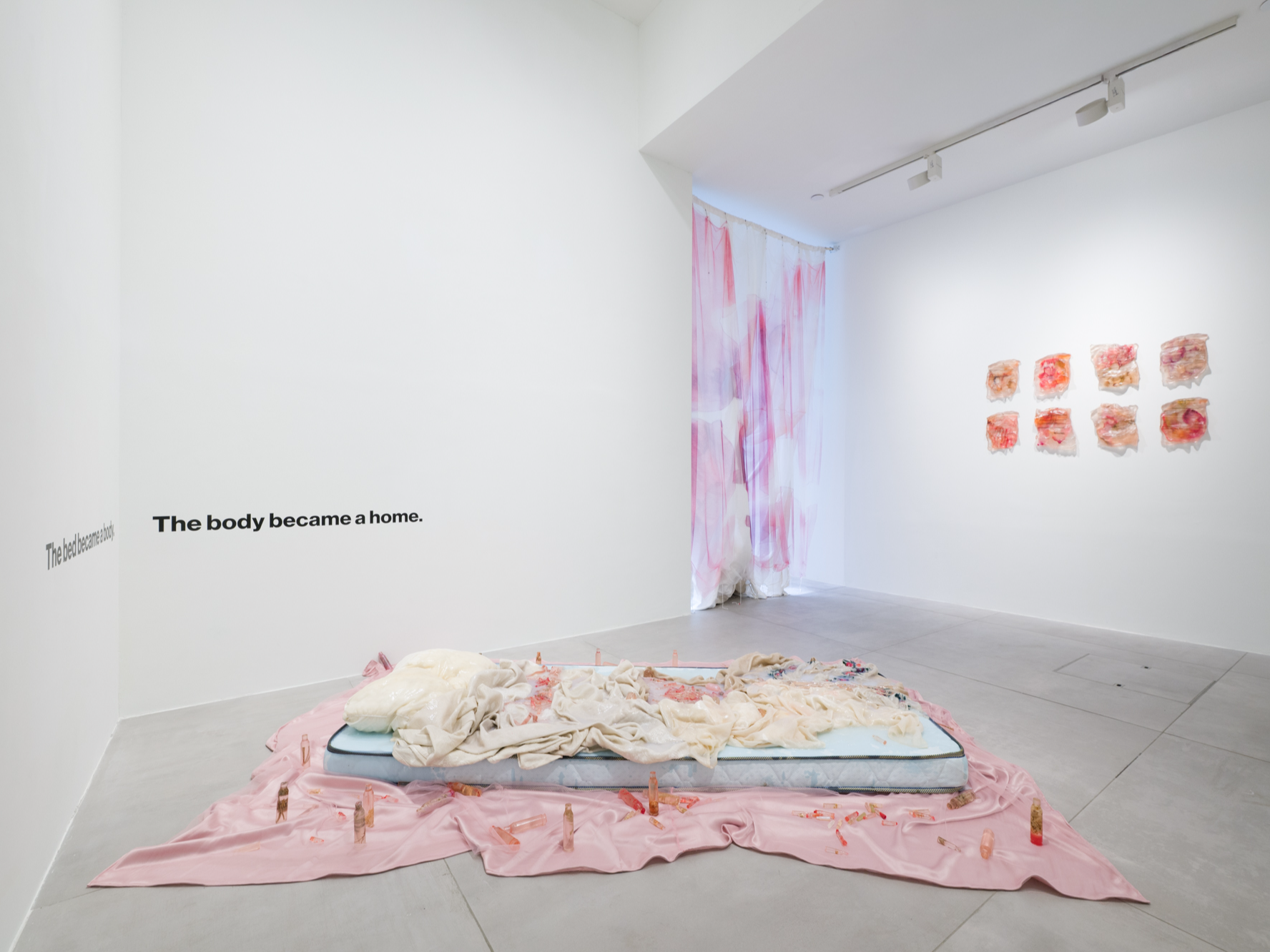
上環
To Regenerate the Lost: A Solo Exhibition by Maria Kulikovska
2025-12-3 – 1-31
Double Q Gallery

上環
史都華·皮爾森·萊特《道路殺手》
2025-11-27 – 1-3
弗勞爾斯畫廊

西環
無獨有偶
2025-11-27 – 1-17
HART HAUS

南區
意境當代
2025-11-22 – 1-31
藝倡沙龍
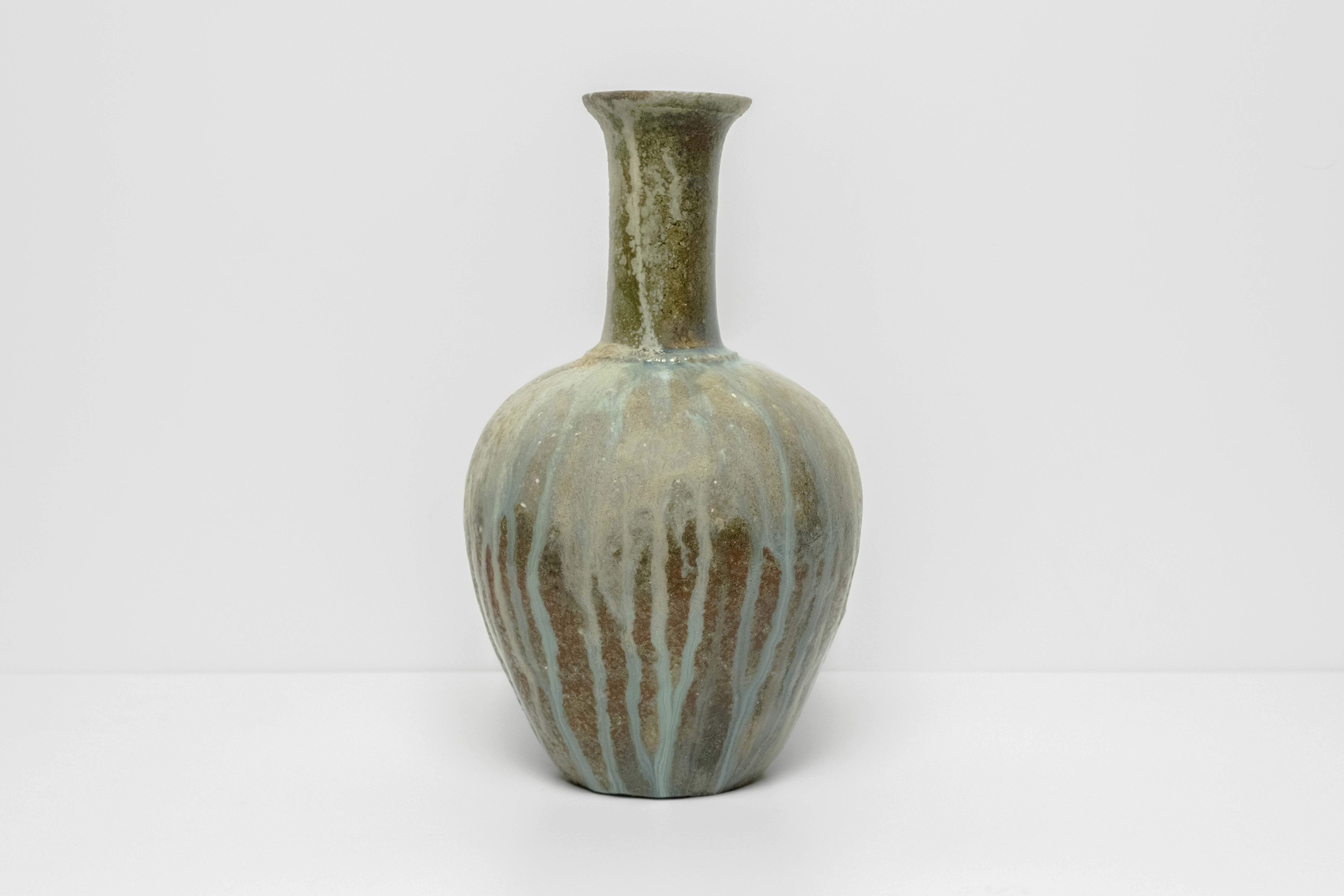
南區
形之形成
2025-11-22 – 1-3
WKM Gallery

南區
王韞琛:純愛戰士•電子轉生
2025-11-22 – 1-17
德薩畫廊
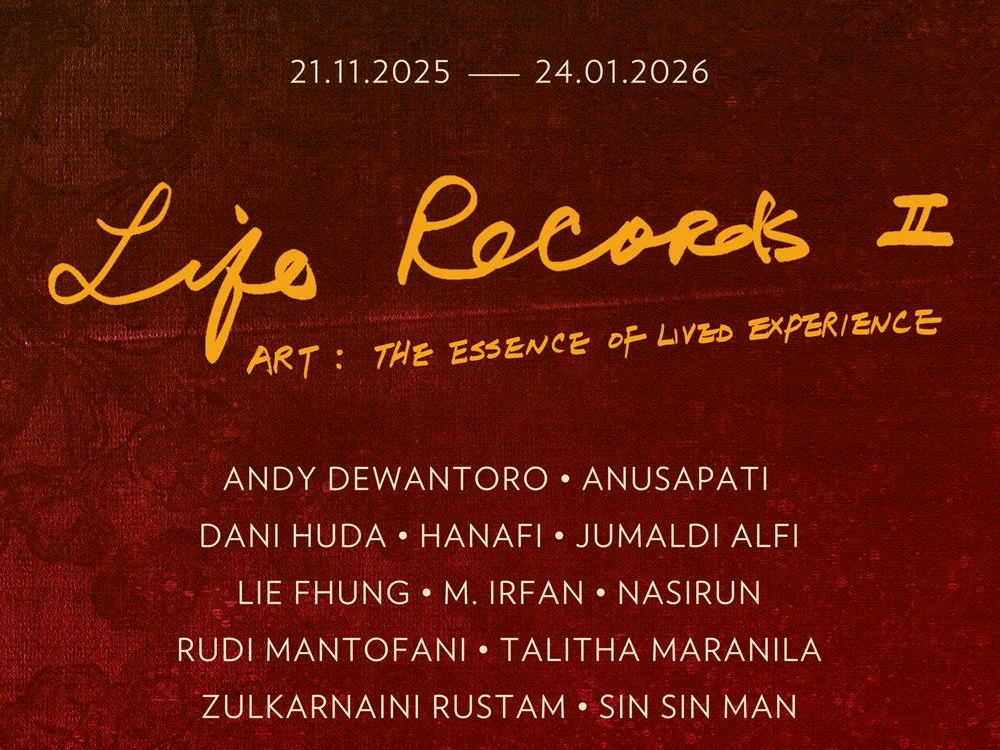
南區
Life Record II
2025-11-21 – 1-24
Sin Sin Fine Art

中環
王守清:花非花
2025-11-21 – 1-10
天趣當代藝術館(中環)
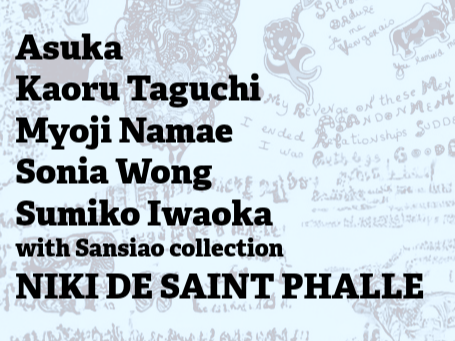
中環
洛米(Lomi)
2025-11-20 – 12-19
Sansiao Gallery HK
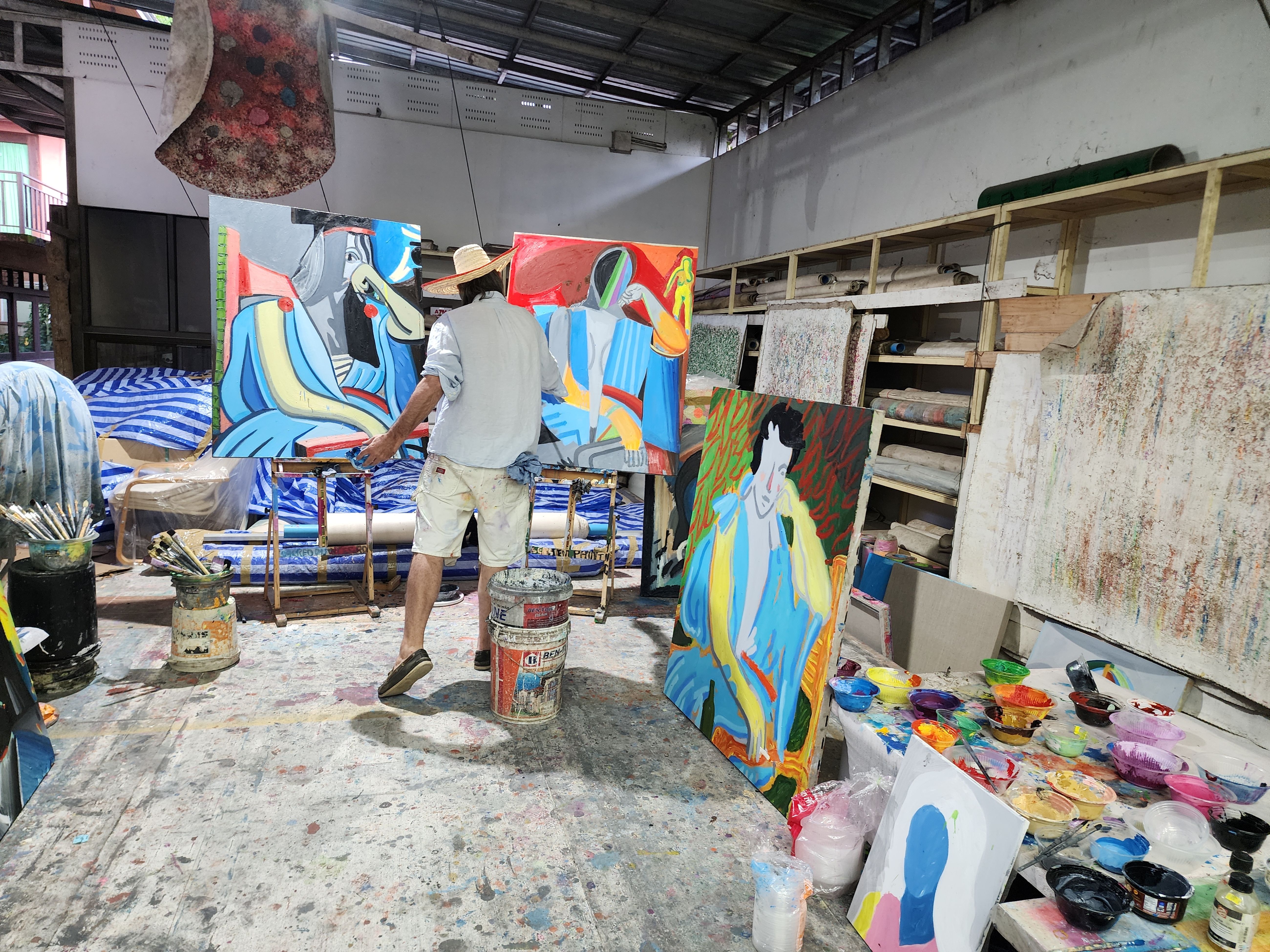
中環
斯賓塞‧斯威尼「顏料」
2025-11-19 – 2-28
高古軒

中環
馮明秋
2025-11-19 – 1-3
爍樂(世界畫廊)
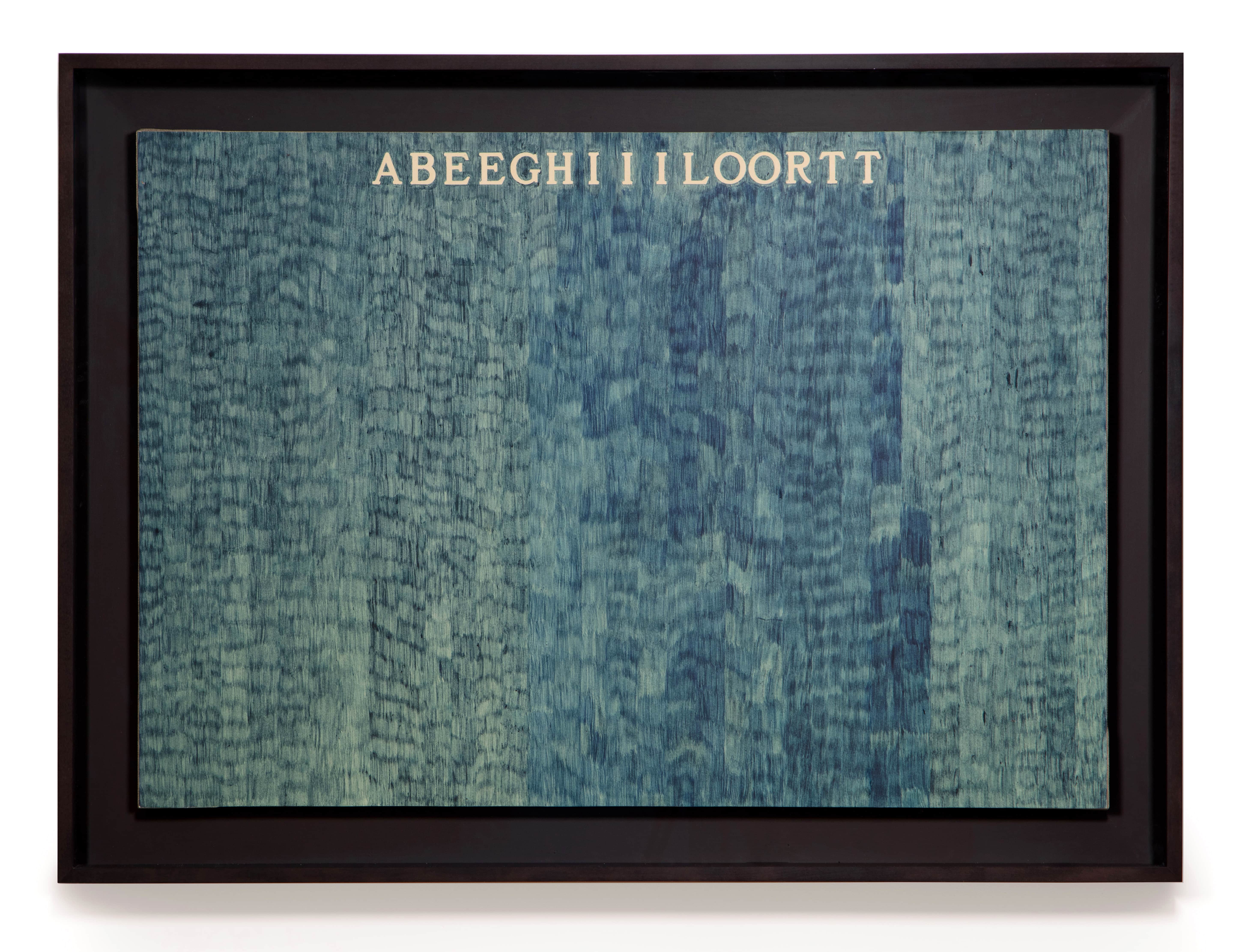
南區
阿里基羅·波艾提:名與無名
2025-11-12 – 2-14
布朗畫廊

中環
浮世猫影
2025-11-10 – 12-31
I.F. Gallery
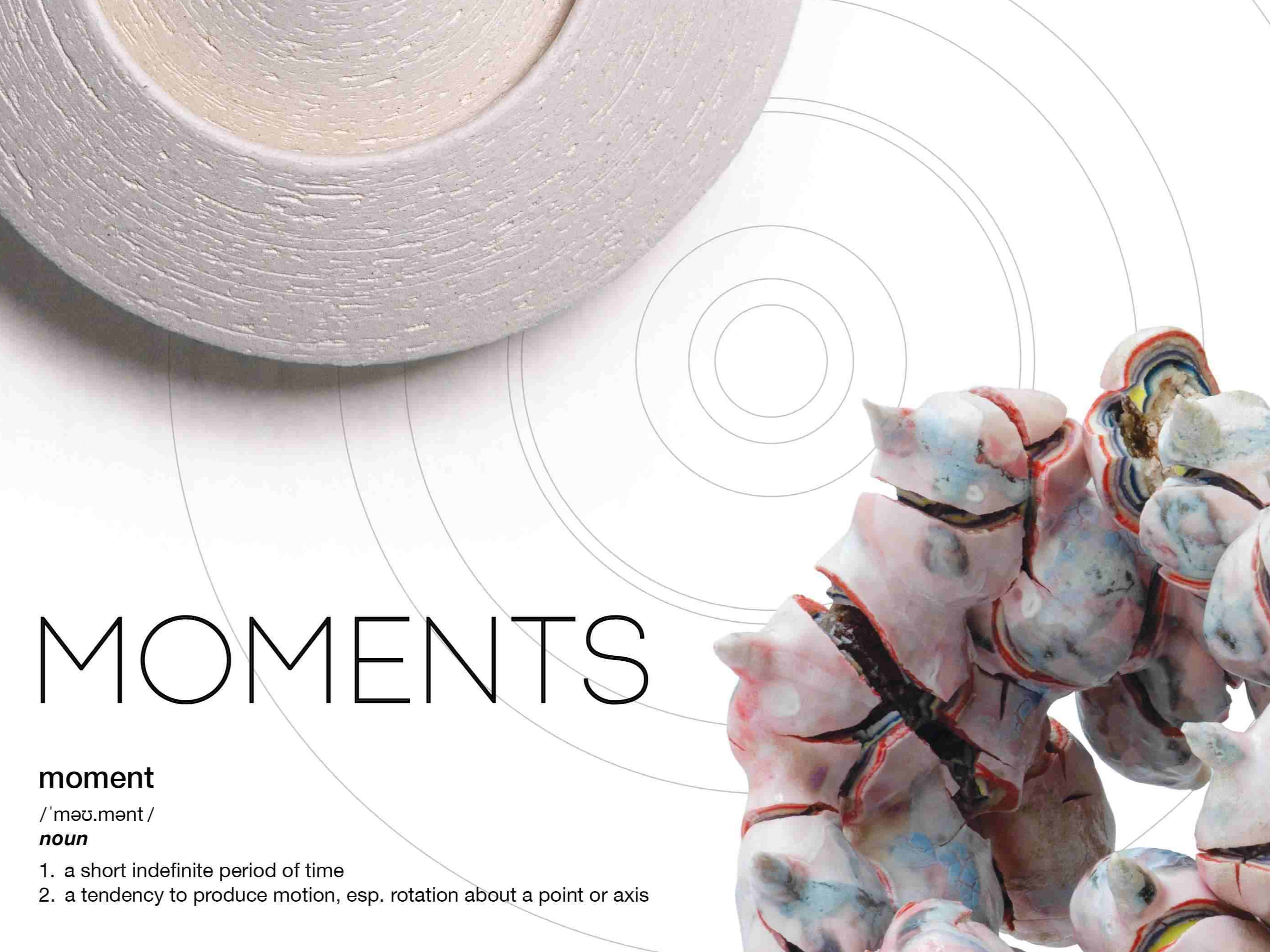
南區
Moments | 鄭禮仁 x JOHNSSON, 福場祐子
2025-11-8 – 1-31
wamono art

南區
安·莱达·夏皮罗:《身境》
2025-11-8 – 3-7
維伍德畫廊
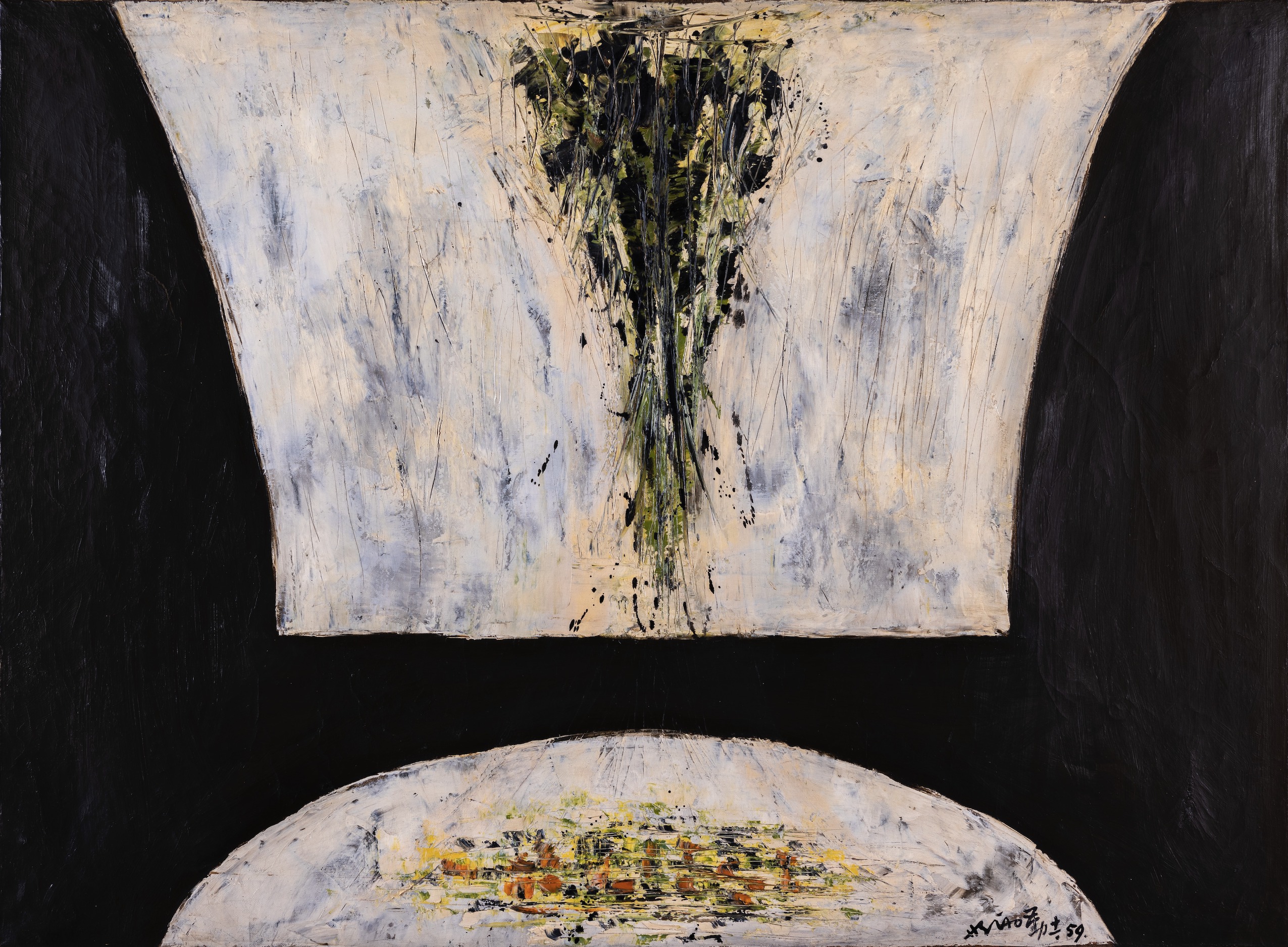
中環
蕭勤文獻庫——「希望之光」特展
2025-11-7 – 12-31
3812畫廊

灣仔
Subrisio Saltat
2025-11-7 – 12-24
馬凌畫廊
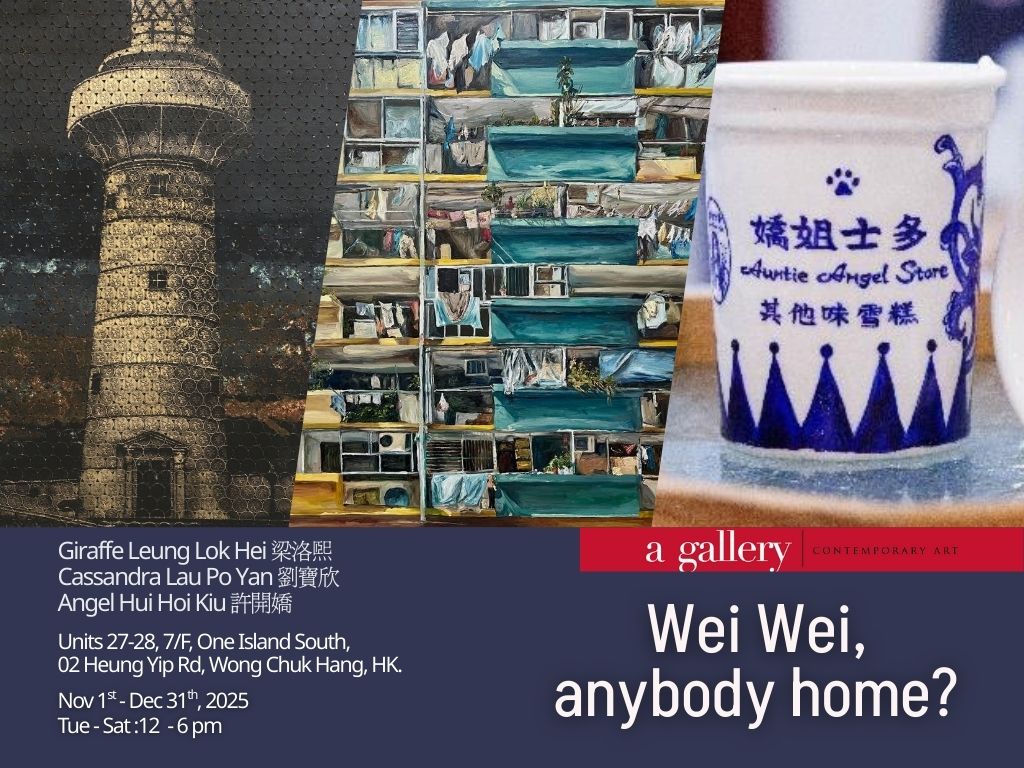
南區
Wei Wei, anybody home?
2025-11-1 – 12-30
a Gallery
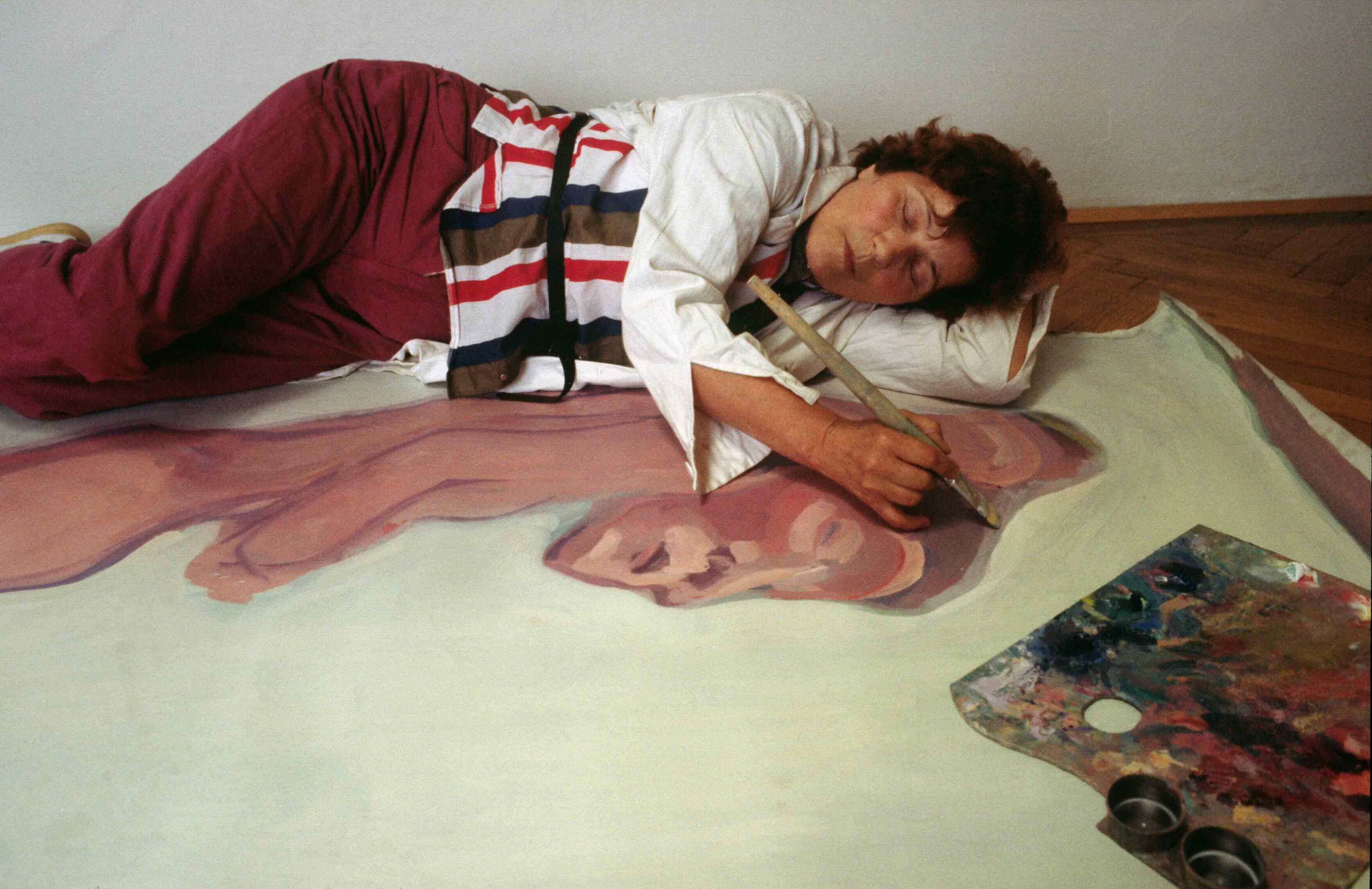
中環
瑪麗亞·拉斯尼格:自我與龍
2025-9-26 – 2-28
豪瑟沃斯
即將開幕
To Regenerate the Lost: A Solo Exhibition by Maria Kulikovska
2025-12-3 – 1-31
Double Q Gallery
.png)
Double Q Gallery




